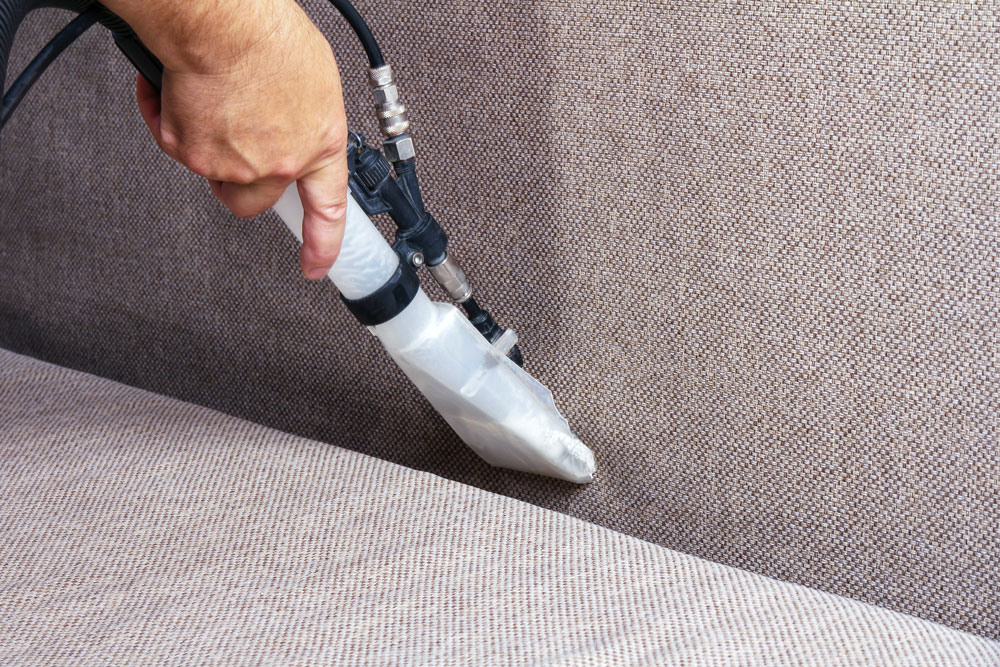Couch Maintenance: Tricks to Keeping Your Couches Pristine

Furniture upholstery care is commonly an overlooked aspect of home care, yet it plays a vital role in preserving the beauty and life of your seating. Whether you have a comfortable fabric sofa or stylish leather chairs, knowing how to effectively clean and maintain your upholstery can make all the difference. In this manual, we will explore essential suggestions and tricks that will help you preserve your furniture spotless and looking like new.
From spotting common stains and choosing the proper cleaning products to understanding the benefits of expert upholstery cleaning, we will cover everything you need to know. With a bit of knowledge and attention, you can ensure that your upholstery not only looks great but also adds to a cleaner indoor environment. Come along as we delve into the definitive guide to upholstery cleaning and unlock the secrets to maintaining your valued pieces.
Key Furniture Cleaning Techniques
Keeping upholstery in good condition requires a combination of methods tailored to the specific fabric and type of soil. One efficient method is targeted cleaning, which entails using a specialized upholstery cleaner or a DIY solution like mild soap and water. Always test the cleaner on a small, unnoticeable area first to ensure it doesn't affect the fabric. Pat the stain gently with a fresh cloth, working from the outside toward the center to prevent spreading. This method enables quick action on recent stains, which is vital for successful removal.
Another important technique is consistent vacuuming. This simple step ensures that dust, dirt, and microbes do not build up in the upholstery fibers. Use a vacuum cleaner with an upholstery attachment to target crevices and seams effectively. For fragile fabrics, use a soft brush attachment to prevent damage. Regular vacuuming not only keeps your upholstery looking good but also helps promote a healthier indoor environment by reducing allergens.
Deep cleaning is crucial for maintaining the longevity of your furniture. Techniques such as hot water extraction are popular as they use heat to kill bacteria and lift dirt without strong chemicals. However, some fabrics might require chemical cleaning methods. Always consult the manufacturer's care label to determine the most suitable deep cleaning method. Click for more in professional cleaning services from time to time can also help in addressing tough stains and extending the life of your upholstery.
Common Stains and Their Remedies
Marks are an unavoidable part of life, especially in homes with children and pets. One of the most common frequent stains is red wine. To address this, right away blot the area with a clean cloth to absorb as much wine as you can. Then, combine a solution of dish soap, white vinegar, and water, and carefully dab the mark with it. Rinse with cold water and repeat if necessary until the mark is removed.
Another frequent offender is grease. Whether it’s from cooking or lotions, grease can appear to be stubborn. Start by sprinkling a generous amount of cornstarch or baking soda on the mark to soak up the oil for about 15 minutes. Then, vacuum off the powder and follow up with a mixture of mild detergent and water. Gently rub upholstery cleaning company with a cloth until the grease is removed, then rinse and dry.
Ink marks often create distress for homeowners. To get Visit this link of ink, use a cotton ball lightly soaked in rubbing alcohol and carefully apply the stained area. Be cautious not to rub, as that may smear the ink. Once the ink begins to lift, follow up with a clean cloth dampened with water to remove any residual alcohol, and then dab dry.
Professional vs. Do-It-Yourself Upholstery Care
When it comes to upholstery cleaning, homeowners often face the decision between professional services and DIY methods. Hiring a professional upholstery cleaner typically guarantees a deep and thorough cleaning using specialized equipment and techniques tailored to various fabric types. Professionals have extensive expertise and experience, which enables them to identify the best cleaning methods for stubborn stains and different materials. This is particularly important for delicate fabrics that could be harmed by improper cleaning methods.
On the flip side, many homeowners opt for do-it-yourself cleaning due to the cost savings and freedom of handling cleaning tasks at their convenience. With a variety of effective products available, it's possible to manage regular maintenance or tackle minor stains without needing a professional's help. However, DIY cleaning requires careful attention to the manufacturer's care instructions and understanding of the fabric type to avoid damage. Some common DIY methods may not always achieve the optimal outcome, especially for more complex stains or heavily soiled upholstery.

Ultimately, the decision between professional and DIY upholstery care depends on individual circumstances, including budget, fabric type, and personal confidence in handling cleaning tasks. While professionals can deliver exceptional results and extend the life of your upholstery, DIY methods provide a practical alternative for those who prefer a more active involvement. Whichever method is selected, regular maintenance is essential in keeping upholstery looking its finest.
